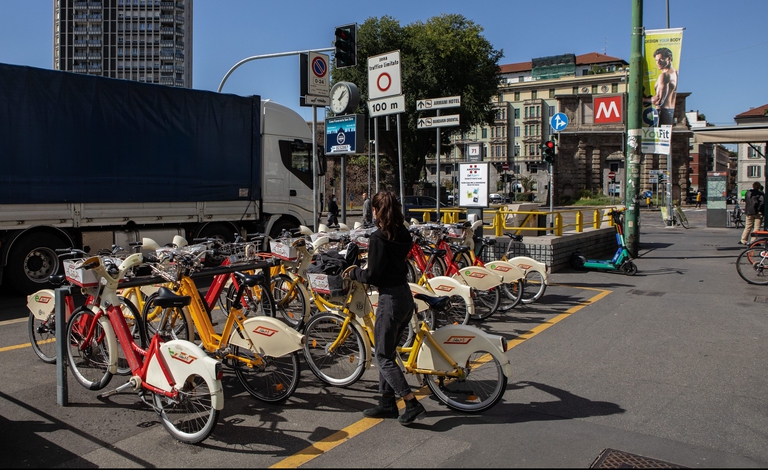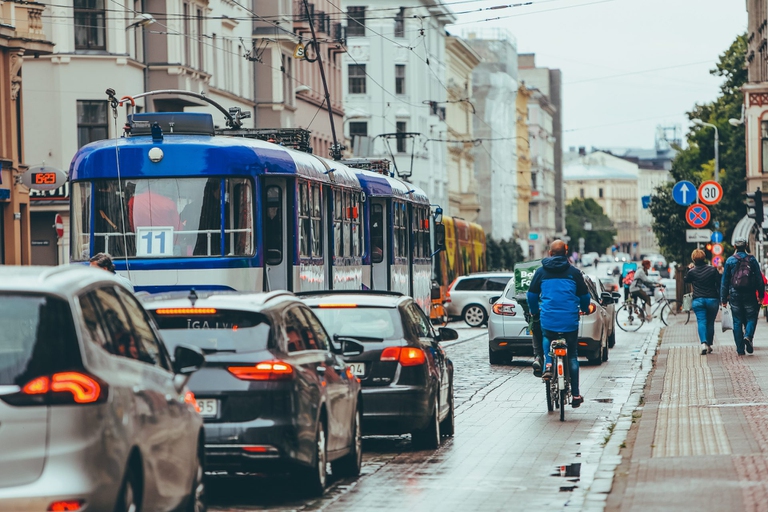https://www.lifegate.it/auto-spostamenti-calano
- |
The car remains one of the greatest passions of Italians.But I am complicit smart working and the expensive petrol, between 2019 and last year, four-wheel trips reduced by 12 percent.Good news from the point of view of air quality, albeit with marked differences depending on the cities examined: Milan And Bologna they are the most virtuous urban centres, Rome discount its extended size while Cagliari should focus more decisively on micromobility.

How mobility has changed in four years, thanks (also) to the pandemic
The picture emerges from the mobility report of GO-Mobility, a consultancy company for mobility and transport planning.The research examined anonymous data from a sample of 484 thousand cars and 80 million trips for 2019, and 512 thousand cars and 79 million trips for 2022.I am 14 metropolitan cities analyzed from the fluctuating data of car black boxes, devices equipped with GPS capable of providing information on vehicle movements.
The cities that have marked the most significant in four years travel reductions – between 18 and 22 percent – are Turin, Milan, Bologna and Florence.On the other hand, the Piedmontese capital figures, together with Naples and Palermo, among the cities with higher mileages in relation to the municipal area:due to their widespread urbanization, these centers end up suffering more than others from the negative impacts linked to car circulation.

In Palermo, Messina and Reggio Calabria, dependence on the car remains strong
It is not surprising that Rome, due to its large size and the lack of alternative transport systems to the car over medium distances, is the city with the longer average displacements.A radically opposite situation is that experienced in Cagliari, where 7 out of 10 journeys are less than 5 kilometres:a distance potentially travelable in scooter or in bicycle, instead of on a four-wheeled vehicle.In this regard, the good news is that the share of short trips decreases in all cities analyzed:they range from -6.6 percent in Messina to -1.7 percent in Turin.And at the same time the average speed urban travel increases everywhere, a sign that traffic congestion has decreased;on average a journey in Naples occurs at 18km/h (+8 percent), while in Rome at 25km/h (+4.5 percent).
In this context, in the post-pandemic period the differences between north and south have accentuated car dependence.In Palermo, Messina and Reggio Calabria it is used almost every day, a figure that has decreased between 3 and 5 percent compared to 2019;on the other hand, Milan, Bologna and Florence - which already showed less dependence on private vehicles 4 years ago - recorded drops of between 8 and 15 percent.The last chapter of the research is dedicated to the impact of smart working on mobility habits.Rush hours remained the same, but with fewer trips;The Monday it is the day of the week in which the most significant decrease was recorded (-18 percent), a figure that is close to the drop that characterized Friday in pre-pandemic mobility.
